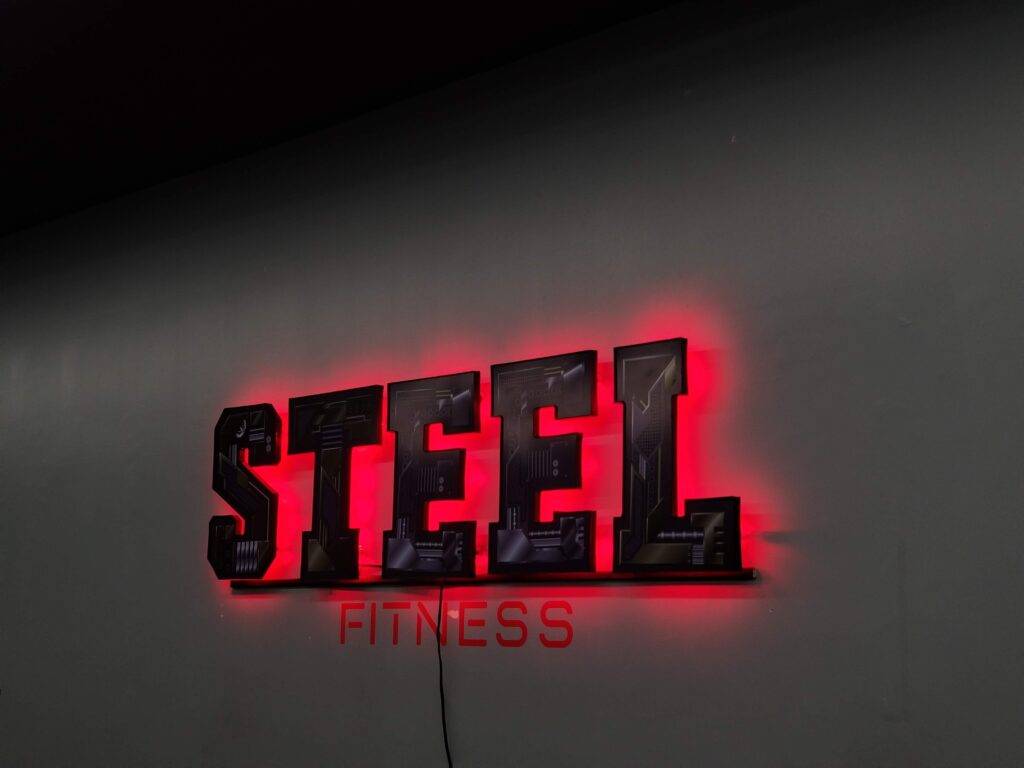A lot of sign designers would concur that the design of a sign system should be suitable to its architectural environment. This is considered one approach to developing signage. Obviously, designers will vary in what they believe is proper, and they will differ in how sensitive or responsive they are to the environment. For this technique they need to be supportive to the architecture, trying to see it, for the most part, as the designer does for digital signs.

For some industrial jobs, finalizing and graphics can include more visual enjoyment and color than even the architect might have pictured. Nevertheless, for all projects the signs must be considered an important part of the architecture, as visually important as lights, elevators, and other important components. As with these other components, finalizing has both practical and aesthetic aspects for digital signs. To communicate information, organization signs should be noticed, however, to achieve this in an esthetically appropriate manner requires a cautious balancing of esthetics and function.
Another technique to developing signage considers the communicative function of signs of primary importance and the esthetics as secondary. With this technique, all aspects of signs might be comparable in shape, material, color, and information for digital signs.
This technique usually leads to signs which highly trick with the environment and appear most proper for industrial or industrial sign projects. Sign systems of this kind do a job of communicating details; however, they are hardly ever totally incorporated with colors and materials of the architectural environment.

Architecturally Integrated Signage.
The first technique considers a signage program appropriate for both its function and esthetics. They can be customized to the environment of a task and to the client’s requirements. The architecture of each project is special in both appearance and building and construction and its sign system must reflect that originality for digital signs. This author prefers this method. It is more intricate and more time taking in because all the relationships in between the environment and the business signs must be thoroughly considered but can lead to an excellent variety of creative options.
Functionally Focused Signs Can Affect Design of Digital Signs.
Designers who stress function often seem to disregard the environment, making all signs in a group rectangular shape fit simply differing the length of copy. Forget for a moment that should provide information. Consider them as style components inside areas of different shapes and sizes, which can then influence the shape and size of the style components. If the environment is a tall space, such as an arena corridor with extremely high ceiling, there is an opportunity to develop tall components for this space. A low large passage space as in a stadium. Making use of slender light boxes that extend across the entire arena and showing a multitude of details.





